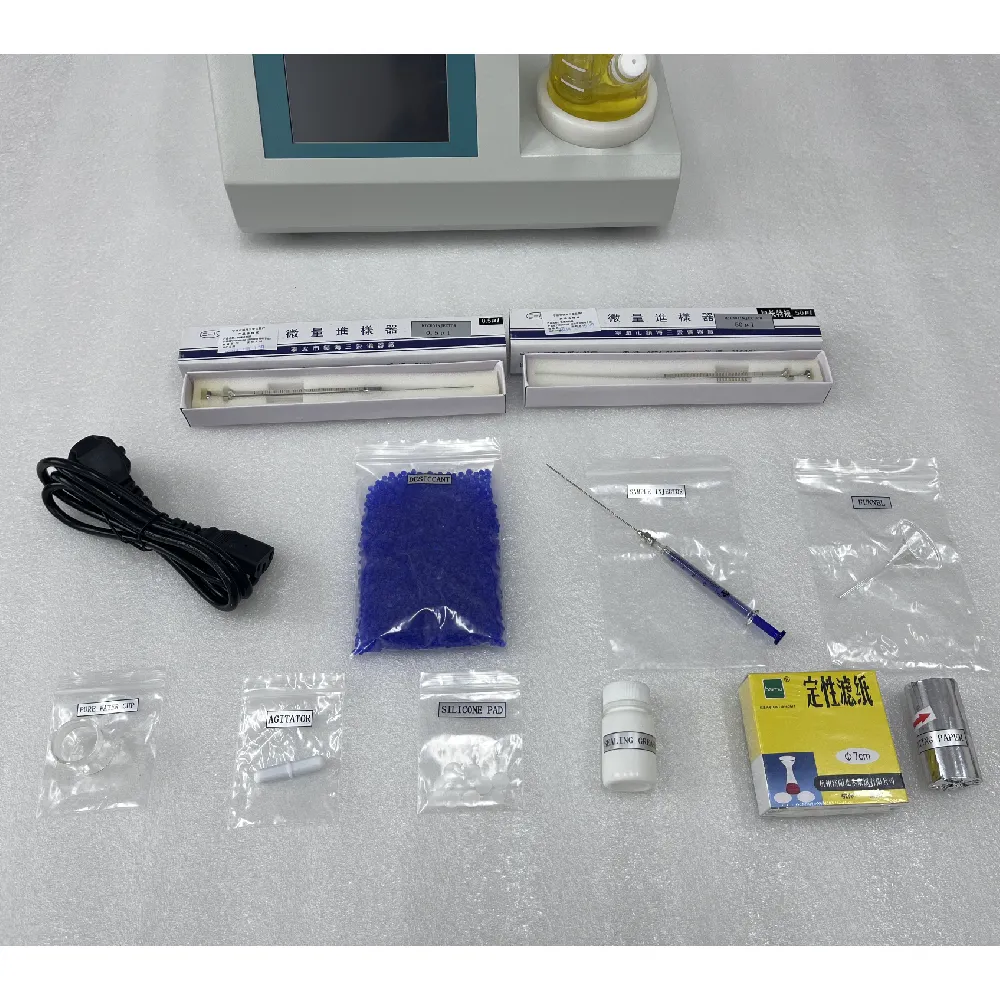 English
English


Exploring Techniques for Producing High Voltage and Current in Electrical Systems and Applications
Generation of High Voltage and Current Principles and Applications
In the realm of electrical engineering, the generation of high voltage and current is a critical aspect that underpins the functioning of various technologies and systems. High voltage and current are essential in power generation, transmission, and distribution, enabling efficient energy transfer across vast distances. Understanding the principles of high voltage and current generation lays the groundwork for numerous applications, including electrical power systems, industrial processes, and scientific research.
Principles of High Voltage Generation
High voltage can be generated using several methods, each suited to specific applications and requirements. One of the most common methods is the use of transformers. Transformers operate on the principle of electromagnetic induction, allowing them to step up (increase) the voltage from a lower level to a higher level while proportionately reducing current. This is crucial in power transmission, where high voltages are necessary to minimize energy losses due to resistance in transmission lines.
Another widely used technique for high voltage generation is the Van de Graaff generator. This device uses a moving belt to accumulate electric charge on a hollow metal sphere, creating high voltages, often in the range of millions of volts. Van de Graaff generators are primarily used in laboratories for experiments in nuclear physics and particle acceleration.
High Current Generation Methods
Generating high current is equally important, especially in applications like arc welding, electroplating, and electric motor operations. One popular method for generating high current is through the use of power inverters and rectifiers which convert direct current (DC) into alternating current (AC) and vice versa. This conversion is essential for varying the current to meet the needs of specific applications.
Another significant approach for high current generation is through the use of induction heating. In this process, high-frequency alternating current passes through an inductor, generating a magnetic field that induces currents in conductive materials, resulting in high temperatures for applications such as metal melting and forging.
generation of high voltage and current

Applications of High Voltage and Current
The generation of high voltage and current has far-reaching implications in various fields. In power generation and transmission, high voltages are utilized to reduce line losses and enhance the efficiency of the electrical grid. Transmission lines typically operate at voltages ranging from 110 kV to over 1,000 kV, allowing for the transportation of large amounts of electricity over long distances.
In industrial settings, high current applications such as arc welding employ high currents to melt and fuse materials together effectively. The ability to generate high currents enables processes that require significant thermal energy in a short time frame.
Scientific research also benefits from high voltage and current generation. Particle accelerators, for instance, use high voltage to propel charged particles to high speeds, facilitating breakthroughs in fundamental physics and advancing technologies in medicine and material science.
Safety and Control Measures
Despite the advantages of generating high voltage and current, safety remains a paramount concern. High voltages can pose severe risks, including electrical shocks and arcing, while high currents can lead to overheating and equipment damage. Therefore, robust safety measures, including insulation, grounding, and the use of circuit breakers, are essential to safeguard both personnel and equipment.
In conclusion, the generation of high voltage and current is fundamental to modern technology, impacting everything from energy distribution to industrial applications and research endeavors. As we continue to innovate and enhance our electrical systems, the efficient and safe generation of high voltage and current will remain a crucial focus for engineers and scientists worldwide.
-
Differences between open cup flash point tester and closed cup flash point testerNewsOct.31,2024
-
The Reliable Load Tap ChangerNewsOct.23,2024
-
The Essential Guide to Hipot TestersNewsOct.23,2024
-
The Digital Insulation TesterNewsOct.23,2024
-
The Best Earth Loop Impedance Tester for SaleNewsOct.23,2024
-
Tan Delta Tester--The Essential Tool for Electrical Insulation TestingNewsOct.23,2024





